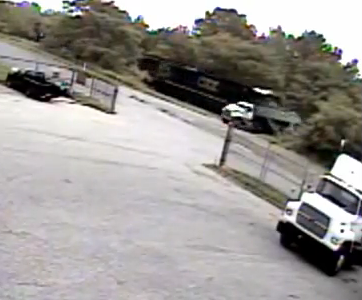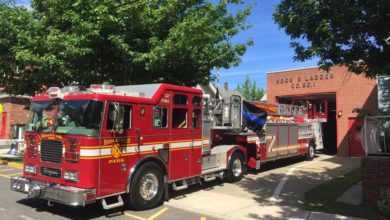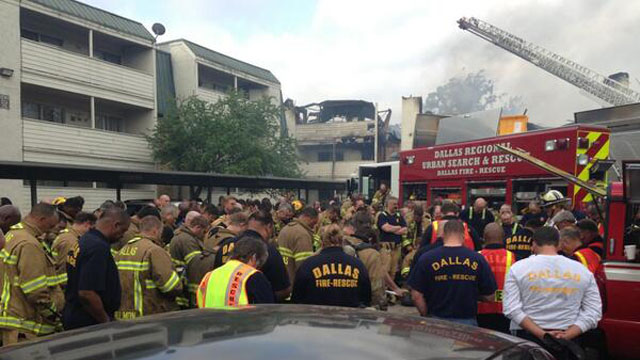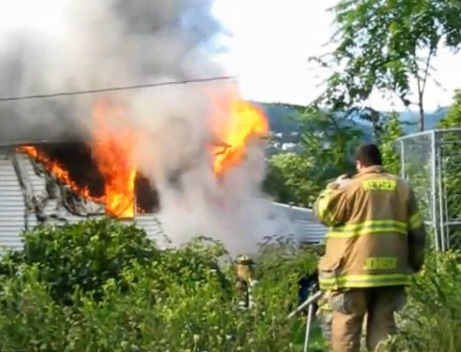NIOSH report: Zachary Whitacre, Virginia firefighter who fell off rear step of tanker headed to fill site at West Virginia fire. Father was driving rig.
Click here to follow STATter911.com on Facebook (hit “like”)
Previous STATter911.com coverage of this story
Read entire NIOSH report
On February 13, 2011, 21-year-old Firefighter Zachary Whitacre fell off the tail board of Gore Volunteer Fire & Rescue Department Tanker 14 when the rig spun out of control on ice and crashed while heading to refill during a house fire in Capon Bridge, West Virginia. Whitacre’s father Donald was driving Tanker 14 when the accident occurred. NIOSH released it’s report today. Below are a summary of the findings:
EXECUTIVE SUMMARY
On February 13, 2012, a 21-year-old male volunteer fire fighter (victim) died after falling from the tailboard of a fire department tanker (Tanker 14). The victim, acting as a spotter and using the driver’s side mirror, had successfully guided the driver in backing the tanker to position its tailboard near the dump tank. The driver of Tanker 14 stayed in the driver’s seat and watched the water gauge indicator lights on the pump panel through his side mirror.
The victim, located on the tailboard, operated the dump valve to fill the folding tank. When the driver saw the tank-empty light flash, he left the fire scene to go to the water source to refill the tanker.
Unknown to the Tanker 14 driver, another tanker (Tanker 9) had inadvertently dropped approximately 1,500 gallons of water on the roadway while also responding to the incident. Tanker 9 had reported the inadvertent drop to their dispatcher, but Tanker 14 had not heard this communication. As Tanker 14 traveled this same roadway en route to the water source, it hit a patch of black ice that had resulted from the inadvertent water drop. The Tanker 14 driver lost control and the tanker spun around a number of times before impacting a berm on the shoulder of the roadway (see Photo 1 and Photo 2). The Tanker 14 driver was injured but was able to radio for help and crawl out of the passenger side door. The driver then saw the victim lying unresponsive in the roadway. A rescue unit from the fire scene responded to the crash along with other units and emergency medical aid was performed. The victim was taken to a local hospital where he died from his injuries.
CONTRIBUTING FACTORS
- Failure to check the apparatus before leaving the scene (driver walk-around)
- Inadequate communications between the driver and victim
- Unintentional discharge of water onto roadway in freezing conditions
- Ice on roadway
- Fire department communication interoperability.
KEY RECCOMENDATIONS
- Fire departments should ensure that fire fighters are properly trained to ensure that the apparatus is ready for the road before leaving the fire scene (including a driver walk-around)
- Fire departments should ensure that fire fighters are properly trained and equipped to communicate task-level functions
- Fire departments should ensure that fire department driver/operators are trained in techniques for maintaining control of their vehicle at all times
- Fire departments should ensure that fire fighters from different departments can communicate with each other via radio
- Fire departments should consider installing rear view camera(s) with monitor(s) inside the cab
- Fire apparatus manufacturers should use engineering controls (such as electronic lockouts and engineering guards) to ensure that water dump valves cannot activate unintentionally.
Do you want to sell a rig? Click HERE to find out how with SellFireTrucks.com.










